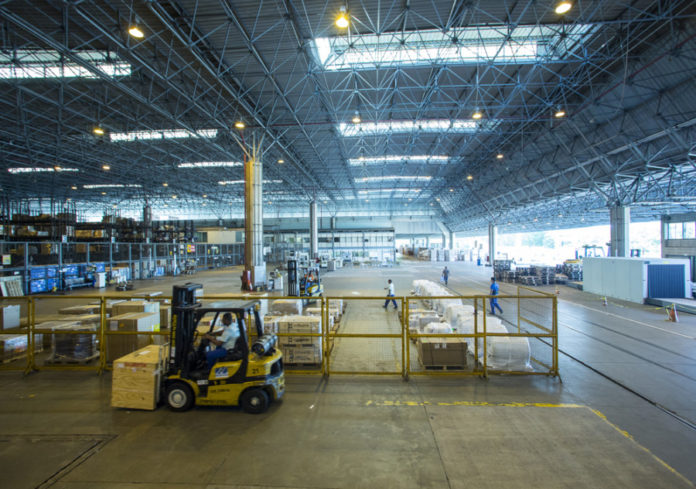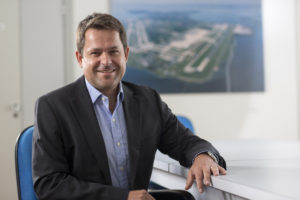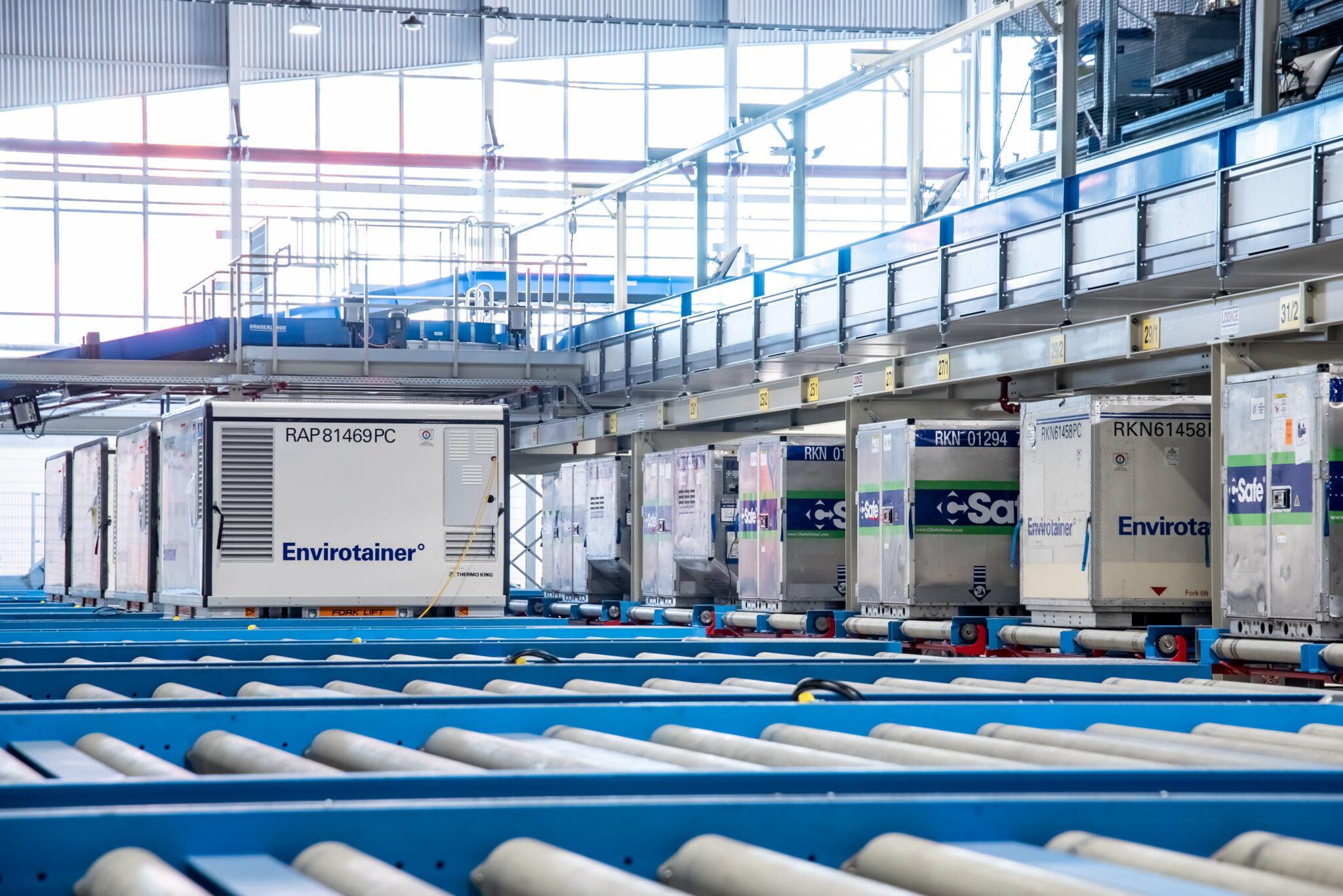

RIOgaleão Cargo is expecting a slight recovery of airfreight imports in 2017 driven by returning consumer confidence and a recovery of the O&G market in the second half of 2017, Air Cargo Week editor, Justin Burns writes.
The cargo operator at Rio’s Tom Jobim International Airport (GIG) had a challenging 2016, due to the unprecedented economic and political crisis, which impacted all sectors of the economy.
Cargo director, Patrick Fehring says as a result last year, import and export volumes dropped quite significantly, but the silver lining for Rio de Janeiro was the Olympics, which bolstered volumes between June and September.


He notes the performance was expected, but the decline was probably more pronounced than it had expected. Fehring says Europe as a whole remains its strongest import market, led by Frankfurt from where it has grown by 45 per cent in 2016, much of it pharmaceuticals, while best performing individual trade lanes, are Houston and Miami, reflecting Rio’s rise as an O&G market in last few years.
Fehring adds: “We managed to significantly grow our share of the aero parts business in 2016 as we won a large strategic account and as a result grew our market share of this segment.
“In a declining market, pharma also held up better than expected and this is where we have made significant investments in the past two years, tripling our capacity and being the first airport in the Americas to be awarded the IATA CEIV Pharma certificate at the end of last year,” Fehring says.
In 2017, he explains pharma leadership is a key growth strategy, reaping the benefits from significant investments, and the creation of a CEIV Pharma community and a further expansion of our cold storage facilities.
Another important growth area will be exports Fehring says, as they have been neglected for a long time and it will be reaching out to the market and is incentivising the use of Rio as a gateway.
One example is trucking where it has entered into a risk sharing agreement with West Cargo, enabling a new GRU-GIG trucking service to capture spill from Sao Paulo Guarulhos.
“After just four weeks we have decided to add a second weekly frequency from GRU and another one from POA (Porto Alegre). Where customers had to pay a full truck rate in the past we now offer them per kg rates. We have seen such a positive response to our export initiative we feel a 20 per cent growth is feasible in the second half of 2017,” Fehring says.
The airport is also looking at changing its business model and starting to offer general warehousing as many of customers need to perform value added services such as labelling, quality controls and picking, but cannot perform these at its customs warehouse.
Fehring says in 2017, apart from further investments in its pharma centre and general warehousing facilities and the upgrading of parking facilities, the strategy focuses on reaping the benefits from the investments that we have made in the past two years.
The airport became CEIV certified in December 2016 and its next goal is to win more partners in the logistics chain to be certified by implementing a CEIV community and offer the market a fully certified trade lane.
“We are also planning to continue our investments into our infrastructure. Going forward, we are planning to expand cold storage capacity in 2017/18, adding areas for customs inspections in a temperature controlled environment, a dedicated facility for frozen goods und further temperature controlled docks.
“We are also planning to invest in cool dollies to close a gap in the cold chain. We also key account manage most of our pharma shippers and work continuously with them to reduce dwell times, manage project shipments and reduce their overall logistics costs and risks,” Fehring says.
On the route side, Fehring says it hopes to soon announce a second European freighter frequency to add to Cargolux while it sees an “obvious opportunity” as the O&G market bounces back to add another frequency to the weekly Boeing 777F LATAM Airlines service from Miami.
Fehring says: “Our business model allows us to offer freighter operators very attractive incentives for starting a new route.”
He says belly routes are also growing and Qatar Airways will start operating to GIG at the end of 2017, Lufthansa and KLM are adding back capacity, LATAM has announced a new Orlando route, American Airlines are considering a new DFW-GIG service, and Avianca will start operating a widebody between Bogota and GIG, something he says “pharma customers have been craving”.
But what impact has the tough economic conditions in Brazil had and will this continue?
“We are seeing consumer confidence returning and a modest GDP growth is forecasted for the first quarter of this year. These numbers are reflected in our own performance where we are starting to see a modest recovery in some segments. The Brazilian economy is a roller coaster,” Fehring explains.
He adds: “During the last recession, volumes dropped by 20 per cent only to bounce back with +50 per cent growth the following year. I am optimistic about 2017/18. In Rio de Janeiro, our O&G customers expect the market to come back in the second half of 2017, which will have a big impact on our business.
“Pharma and medical equipment, which represent 30 per cent of our revenue, are expected to outperform the market.”
Fehring notes a major challenge in Brazil remains the volatile performance of government agencies involved in the cargo clearing process.
“Dwell times for import cargo in Brazil are well above those of comparable economies and mitigate much of the time gained by shipping by air.
“Another challenge in Brazil are the varying tax benefits between Brazilian states, which do not encourage efficient supply chains and make it difficult for airports to compete with each other,” he adds.













